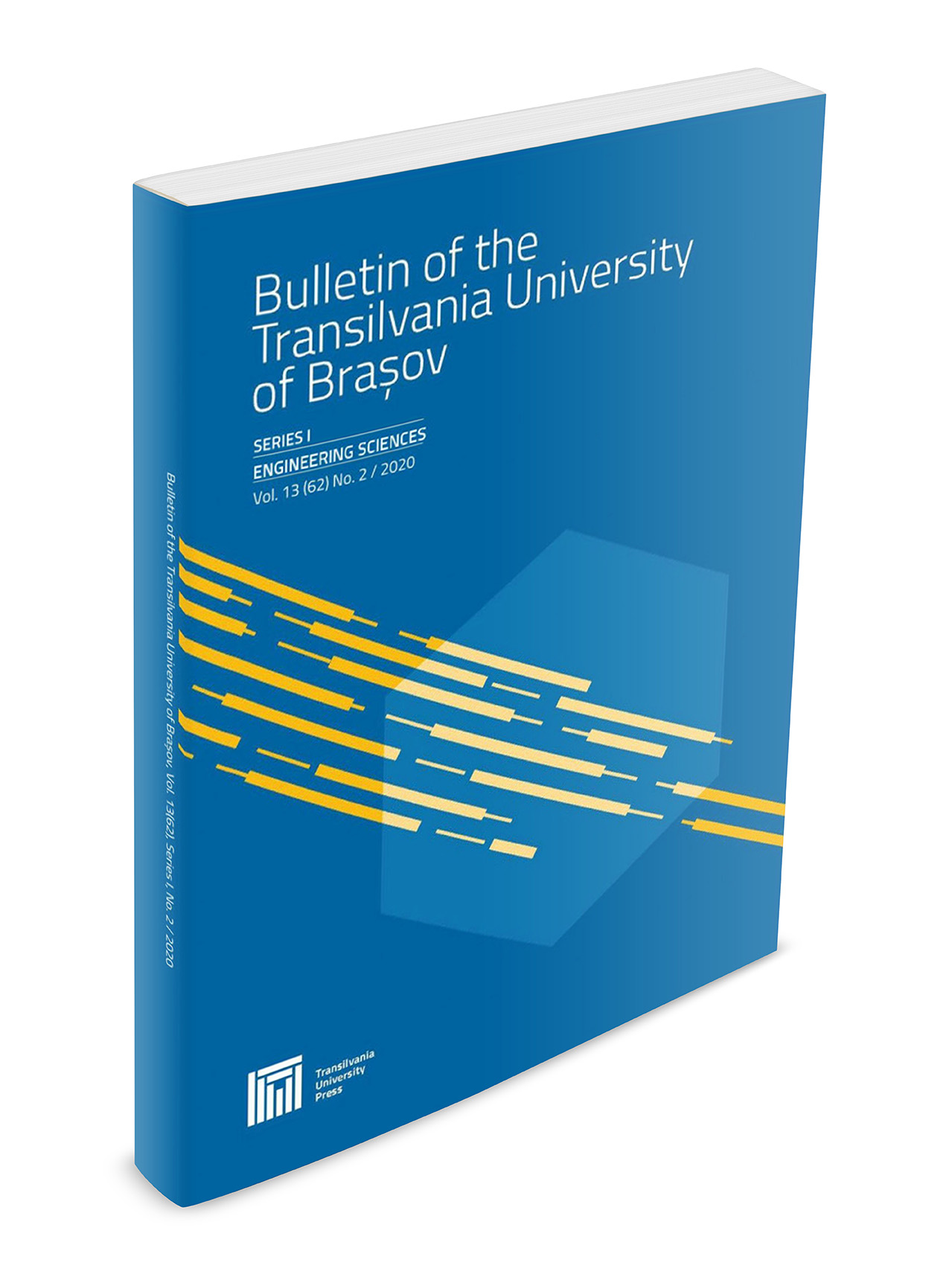ITO and FTO Coated Glass Characterization Using SEM and AFM Techniques
DOI:
https://doi.org/10.31926/but.ens.2019.12.61.1.15Keywords:
ITO, FTO, SEM, AFM, roughnessAbstract
Transparent conducting oxides like indium tin oxide (ITO) and fluorine doped tin oxide (FTO) represent an active area of research in the field of nanomaterials. This study aims to investigate the surface profile of the ITO and FTO coated glass used for dye-sensitized solar cells (DSSCs) manufacturing process. The surface morphology of the samples was probed by scanning electron microscopy (SEM). The atomic force microscopy (AFM) technique was used in order to obtain the topography and roughness for these samples.




